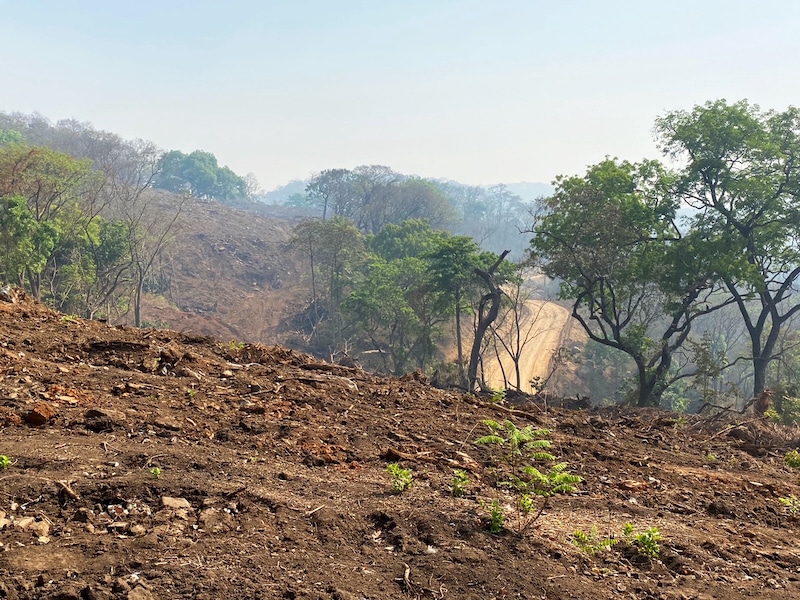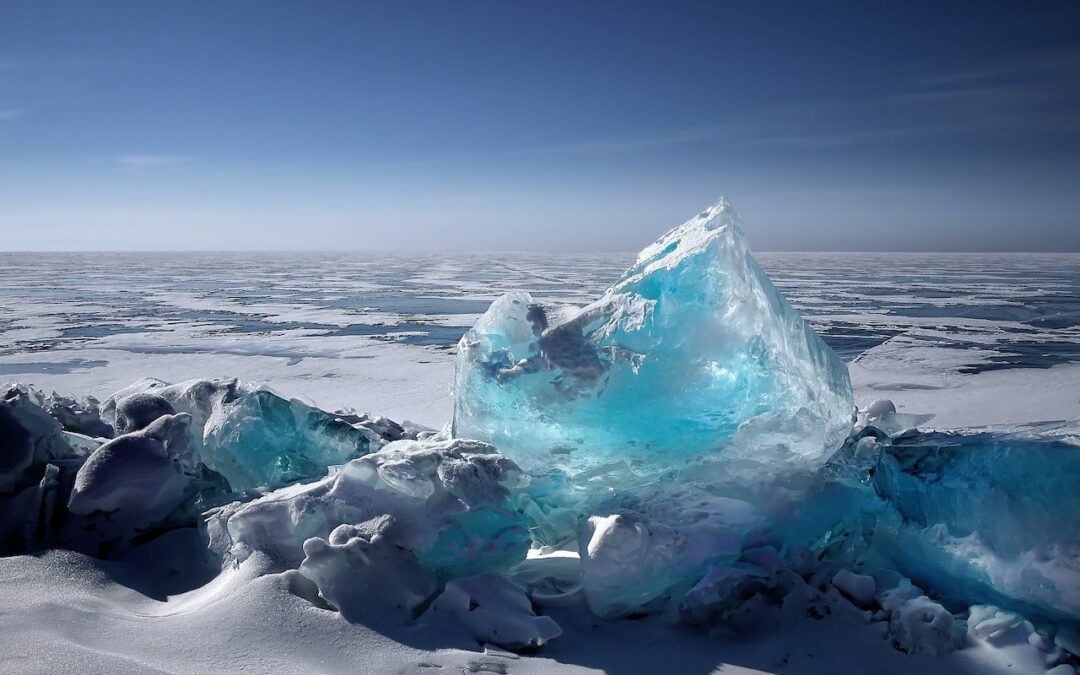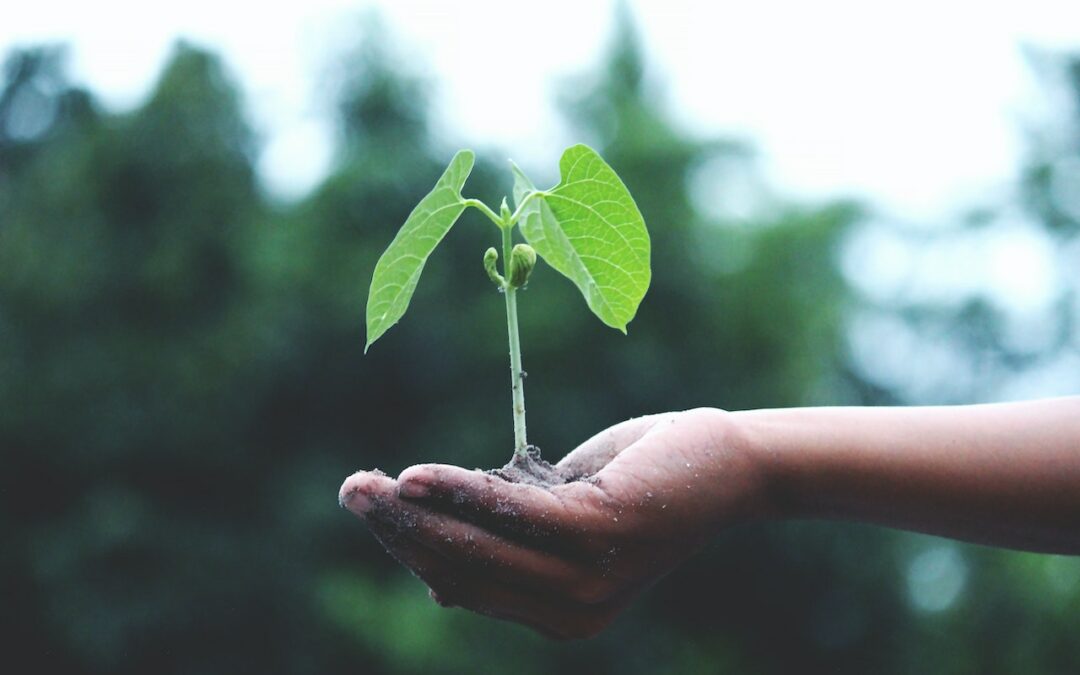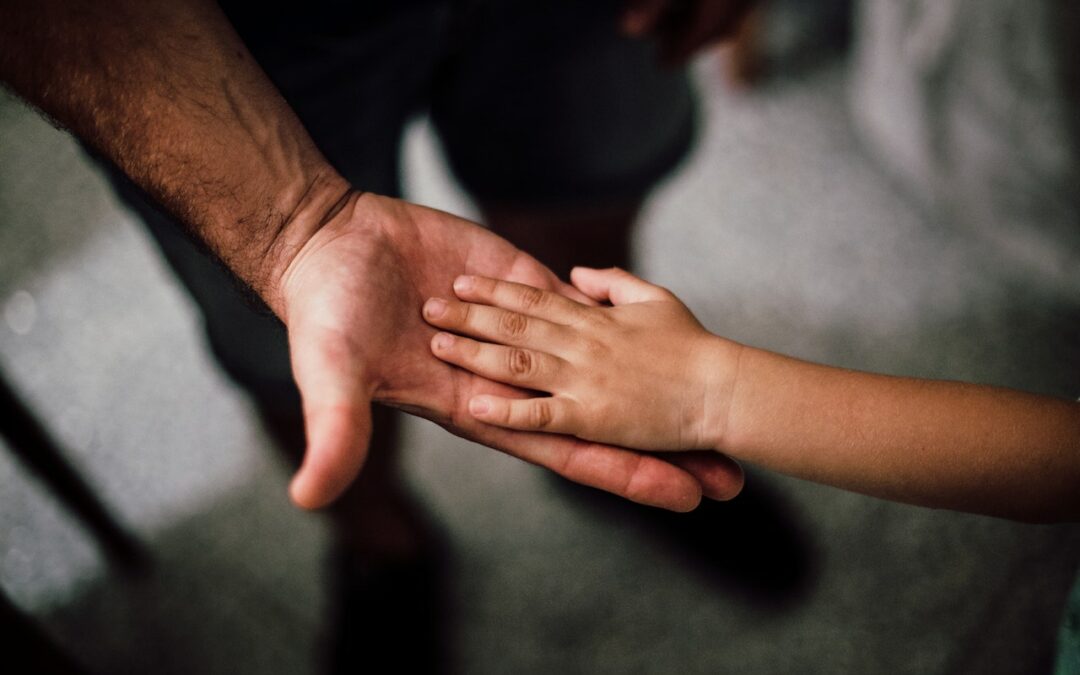
MG4 EV XPower vs Cupra Leon 2024 twin test: can electric beat petrol?
Is an electric hot hatch a match for a petrol one?

Is an electric hot hatch a match for a petrol one?

More than a third of Africa’s great apes are being put at much greater risk from global mining activities than scientists had previously believed, according to a new study led by the German Centre for Integrative Biodiversity Research (iDiv). The green energy transition’s increasing demand for critical minerals like copper, nickel, cobalt and lithium has […]
The post Africa’s ‘Mining Boom’ Threatens More Than a Third of Its Great Apes appeared first on EcoWatch.

Creating Market Incentives for Rice Farmers to Support Climate Change Adaptation and Mitigation in Cambodia
jschoshinski
Thu, 04/04/2024 – 12:59
USAID Morodok Baitang is working with local farmers in Cambodia to advance low-emissions agriculture and reduce deforestation in and around protected areas. By providing economic incentives to help farmers adapt to and mitigate climate change, USAID Morodok Baitang demonstrates how agriculture can be climate-smart, conservation-friendly, and economically viable.
The Challenge
The forests of Siem Pang Wildlife Sanctuary and Lomphat Wildlife Sanctuary, which cover over 380,000 hectares of land in northeastern Cambodia, have declined an unprecedented amount over the past 20 years. Large parts of the forests have been cleared for large-scale agriculture, and the rapid development of infrastructure for the land speculators and smallholder farmers moving into the region has only accelerated deforestation.
The forests that remain in and around these sanctuaries serve as significant carbon sinks, removing planet-warming carbon dioxide from the atmosphere. They also are an important habitat for many vulnerable, endangered, and critically endangered animals, like the Siamese crocodile, Eld’s Deer, banteng, and five critically endangered bird species.
The wildlife sanctuaries and the areas around them are also home to local communities, most of whom rely on rice cultivation for food and commercial sale. However, climate change has made rice farming more uncertain, and an unstable economy, limited market access, and labor shortages further threaten the farmers’ lives and livelihoods. In response, the farmers often engage in deforestation-related activities to continue cultivating rice as well as supplement their incomes, including clearing land to sell timber and grow cash crops.
Image
Preparing fields for rice transplant.
Credit: Sansom Mlup Prey
Creating Market Incentives for Climate Change Adaptation
To address the impacts of climate change on people and wildlife in the region, USAID Morodok Baitang works with development, conservation, and private sector partners to create economic opportunities and incentives for communities to adapt to climate change.
The activity partners with IBIS Rice Conservation Company (IRCC) to support the production of climate-smart and conservation-friendly IBIS Rice products. IBIS Rice is an organic, wildlife-friendly rice variety that commands premium prices in western markets. IRCC typically pays premiums representing up to 70 percent above market rates to IBIS Rice farmers, which provides an important economic incentive for them to participate in the activity by cultivating this variety.
Image
Harvesting IBIS Rice in Siem Pang.
Credit: Sansom Mlup Prey
The activity also partners with Sansom Mlup Prey, a local organization that trains the farmers in climate-smart techniques to increase crop yields and reduce climate-related risks. For example, farmers learn how to introduce cover crops to augment soils between plantings, develop and use green manure to naturally nourish the soil, adopt land-leveling practices for more efficient water management, and establish natural water storage areas to combat drought conditions.
…and Mitigation
In exchange for access to markets and technical training in climate-smart techniques, IBIS Rice farmers agree to comply with zero-deforestation policies, engage in organic production (which does not allow for post-harvest burning of rice straw), and commit to biodiversity conservation. Rising Phoenix and NatureLife Cambodia. work closely with the wildlife sanctuaries’ managers to patrol and manage the protected areas to ensure the farmers are complying with the activity’s requirements.
For the past two years, the premium prices provided in the protected areas have offered farmers strong incentives for conservation, with 99 percent complying with their conservation pledges. This result suggests that as the number of IBIS Rice farmers grows, the threat of deforestation will decrease. By reducing deforestation and keeping standing forests intact, the farmers contribute to mitigating climate change in the protected areas and globally.
Image
Loading an IBIS Rice paddy for transport to the company’s warehouse.
Credit: USAID Morodok Baitang
Sim Dan, a Commune Chief in Siem Pang District, explained how the benefits of the activity go beyond addressing the climate crisis: “The IBIS Rice program is important because it supports farmers’ livelihoods. Previously, farmers faced challenges selling their rice due to fluctuating prices dictated by buyers. Farmers are now pleased with the IBIS Rice initiative because it has provided them with a consistent market, thereby improving their livelihood. I have noticed that they paid off their debts, sent their children to school, purchased motorcycles and clothes, and some were even able to develop their business. Farmers rely on our initiative, so I want it to last for a long time. They have also recruited additional farmers to join in the initiative.”
A Brighter, More Forested Future
Support for IBIS Rice is rising in the communities in and around the two wildlife sanctuaries. The number of IBIS Rice farming households around Siem Pang Wildlife Sanctuary nearly doubled between 2022 and 2023– representing about 20 percent of the population. In addition, the technical training provided to these farmers resulted in increased rice yields and sales representing an average household income of $657, or a 15 percent, increase in the annual income of the average rural Cambodian. These numbers exceeded the anticipated growth trajectory envisioned by IRCC by three years. Along with the financial planning support that has allowed IRCC to raise over $1.5M in investments and diversify products to include added value to the company and farmers, USAID Morodok Baitang support is set to triple the number of IBIS Rice farmers over the next eight years.
Image
Rice farmers working in their fields at the edge of the forest.
Credit: Sansom Mlup Prey
Image

This year’s Australian Academy of Science awards have recognised a pioneer in the development of next-generation solar cells. The annual awards celebrate the achievements of the country’s leading minds, from early-career researchers to those who have spent a lifetime contributing to science.
The Academy awarded the Nancy Millis Medal for Women in Science to Professor Anita Ho-Baillie for her work on multi-junction solar cells.
Ho-Baillie, the John Hooke Chair of Nanoscience at The University of Sydney’s School of Physics and Sydney Nano Institute, uses a range of semiconductor materials to absorb different sections of the solar spectrum within a single cell, significantly enhancing energy-conversion efficiency. She has achieved record efficiencies for multi-junction solar cells utilising metal-halide perovskites.
Ho-Baillie’s recent breakthrough addresses the issue of perovskite cell degradation in heat and humidity. This marks a pivotal step toward durable, commercially viable perovskite cells and solidifies her role in advancing this technology.
Ho-Baillie is also deeply committed to inspiring young people to get involved in the STEM field and science communication.
Academy of Science President Professor Chennupati Jagadish said the awards recognise the diverse contributions of researchers across Australia and the power of long-term commitment to science.
“From climate change to public health, Australian researchers are addressing the challenges our communities face every day,” he said.
“Their dedication to the pursuit of knowledge enriches our understanding of the world around us and sets a great example for generations to come.
“It is a tremendous privilege to be given the opportunity to honour their contributions to science.”
Image credit: iStock.com/new look casting

Our editors curate highly rated brands that are first assessed by our rigorous ratings system. Buying through our links may earn us a commission—supporting the work we do. Learn more. Shopping for more sustainable kids’ clothing is tricky, so we’ve rated and curated these “Good” and “Great” brands from around the world to make […]
The post The Ultimate Guide to More Ethical and Sustainable Children’s Clothing appeared first on Good On You.